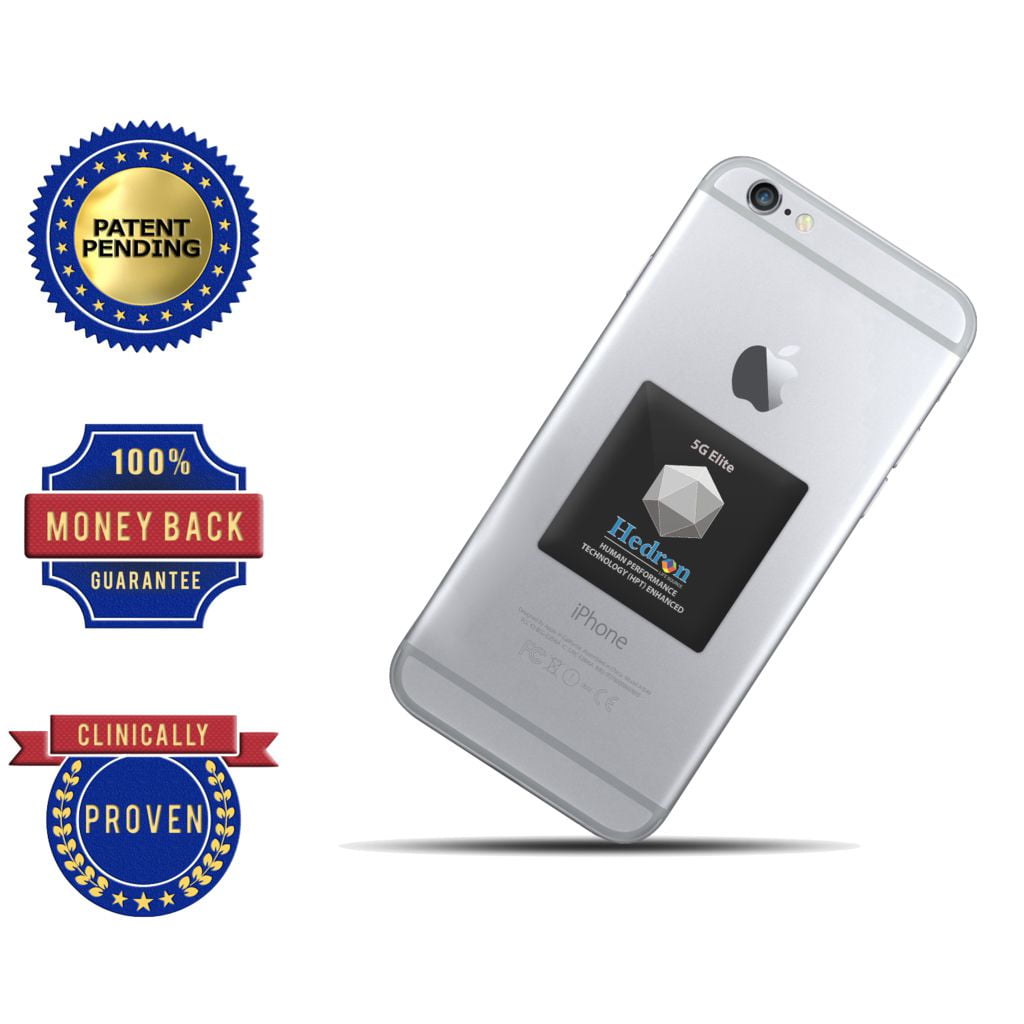Wearing Proof clothing is designed to help you get work done, live, or play with more ease. These items update your daily necessities with the most up-to-date construction techniques and performance fabrics. If you're out and about or in the city, you'll be prepared with the right proof clothing to meet your requirements. From sweatshirts to t-shirts you'll feel confident knowing that you're protected.
Protection against microorganisms
The wearing of medical protective clothes is essential for medical professionals. It protects against three levels of microorganisms, and is particularly useful in operating rooms and infectious disease departments. It also comes with an antibacterial coating and ventilation to keep users user dry. Moreover, these protective garments are suitable for use in emergency situations such as disaster relief. The primary purpose of these garments is to prevent the body from contracting infection after coming into contact with a virus that could be transmitted.
Antibacterial protective clothing is effective against bacterial and fungal pathogens like influenza viruses. 5g proof inhibits an increase in the number of bacteria as well as other microorganisms by using biocidal and biostatic agents. Furthermore, the antibacterial fabric affects the systems inside of pathogens including cells' membranes, DNA, and proteins. Moreover, antiviral clothing is effective in protecting individuals from flu virus, although it isn't able to hinder its spread. illness because it is in the air.
The latest advances for protective clothes have made it possible to use reusable fabrics that destroy pathogens. One of the innovations uses catalysts within pockets of the fabrics to kill viruses and bacteria. Furthermore, a brand new nanomaterial that is incorporated into textile fibers could destroy nerve agents. This material could be a good choice to be used in protective clothing.

Protection from pesticides
Chemical-resistant clothing is one the best ways to protect yourself from the dangers of pesticides and other chemical substances. These protective clothing items are designed to shield you from the corrosive impacts from these chemical substances. They can be worn with the work wear or PVC rain suit.
The effectiveness of pesticide protection depends on the type of fabric and repellent finish. 100% cotton is your best option. However, they can be heavier. Other factors can also impact the level of protection. For instance the existence of a repellent surface or the size of garment may affect the effectiveness of the pesticide. Further studies should be conducted to determine the effectiveness on the protection of clothes. However, the best way for making an educated decision is to consult the label on the product.
The use of chemical-resistant gloves is also recommended. A majority of pesticide labels require employees to wear gloves. However, some pesticides do not require them. The gloves must be waterproof and constructed of Nitrile or another chemical-resistant material. They must extend enough in length that they protect the wrist. They are not chemically resistant, therefore, it is recommended to purchase gloves made of nitrile.
5g proof from pickpockets
One of the best ways to safeguard yourself from pickpockets is to wear pickpocket-proof clothing. They have compartments hidden to protect your valuables. Some of them are zippered to stop thieves from gaining access to your personal items.
Additionally, when you are being in a pickpocket-proof outfit, you should always be aware of your surroundings. Avoid large crowds and unusual interactions. If you can, don't keep your valuables in a loose pocket. It is also advisable to put your day bag on your chest. Some people choose to wear their bags to carry their day over their shoulders, but this can make you vulnerable to robbery. Be aware of the turnstiles in subways, since thieves sometimes lurk behind them. Turning your back will permit a pickpocket to swiftly take your purse and then run away. Be aware and alert at all times to ensure that you will never have to deal with this kind of scenario.
If you're planning to travel to a different country, make sure you have an extra bag for your crossbody. This will let you keep an eye on your possessions. Be careful not to display your wealth by hiding your purse or other valuables. Avoid wearing expensive jewelry while traveling since it implies you have important items in your bag.
Protection from chemical exposure
Chemical protective clothing must not only be durable but should be also comfortable. This outer coating is generally composed of polyurethane foam as well as activated carbon. It is extremely resistant to chemicals that are lab-grade and offers good durability. Its middle part is composed of cotton, and provides comfort and absorbency. The outer layer is finished off with an anti-water repellent chemical, such as NUVA HPU.
Chemical exposure levels in the workplace are indicated on safety data sheets (SDSs). The SDS will inform employees about the dangers posed by a chemical. The term "skin notation" next to an occupational exposure threshold means that the chemical could enter the skin, causing intoxication or cancer or cause other adverse effects. The sheets also provide guidelines for the use of protective clothing. Member state laws and European directives cover the protection of workers from chemicals while at work.
Choosing the right protective clothing is vital for each employee. The first step is to wear gloves. Exposure to chemicals can affect the hands, arms and various other areas in the body. Depending on the type of job, workers are more likely to splash chemicals onto their hands.
